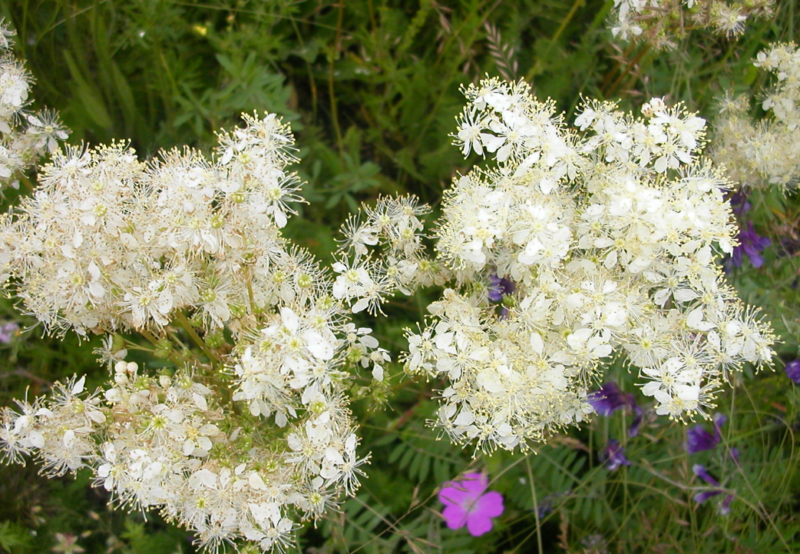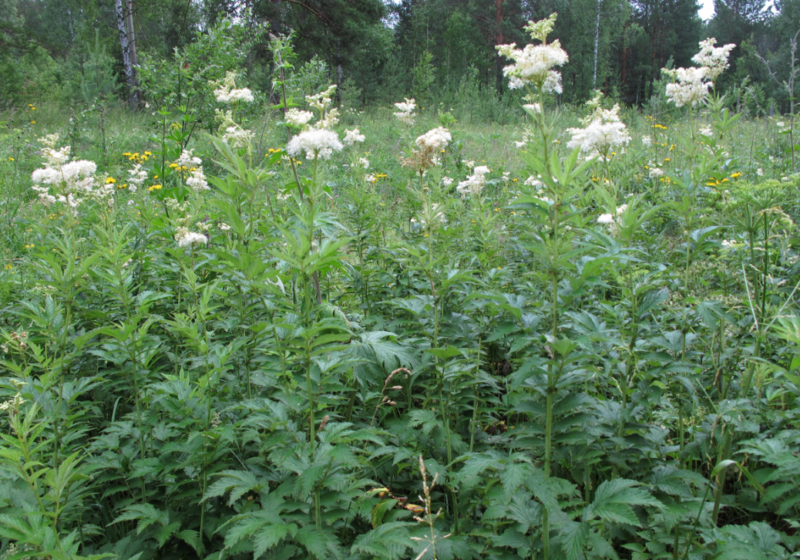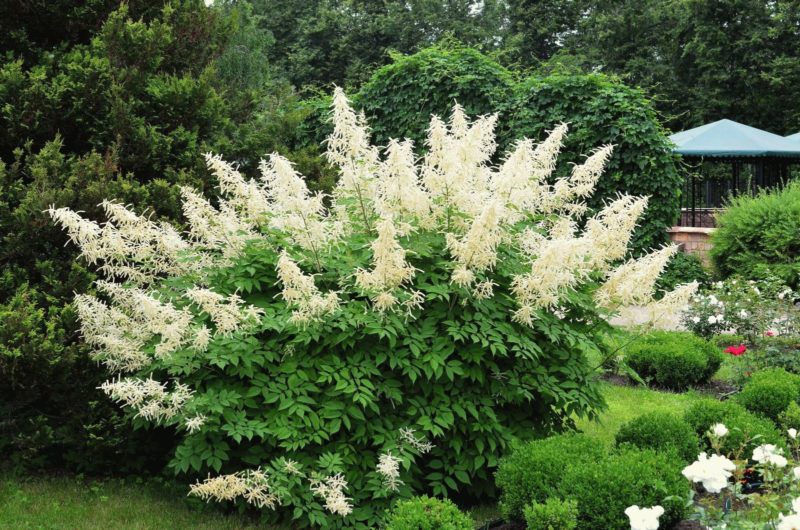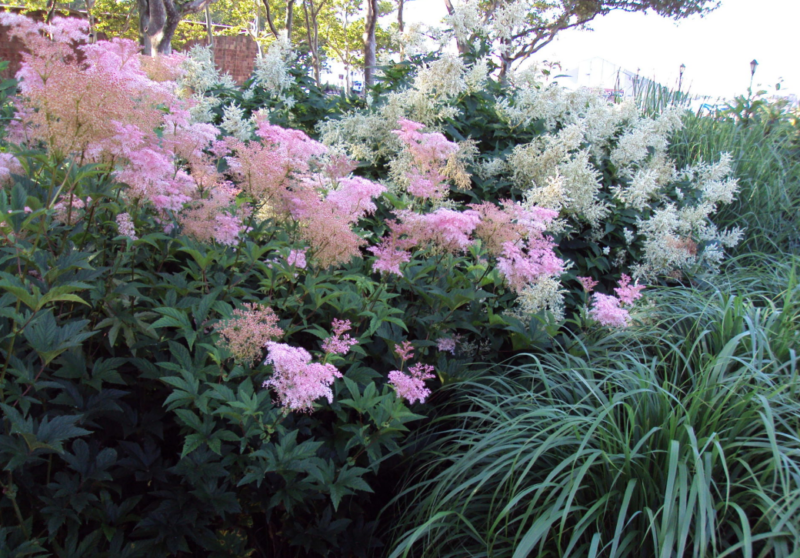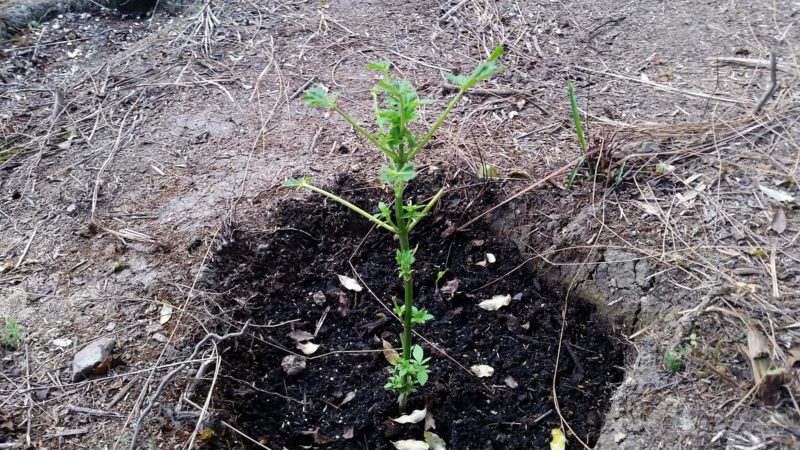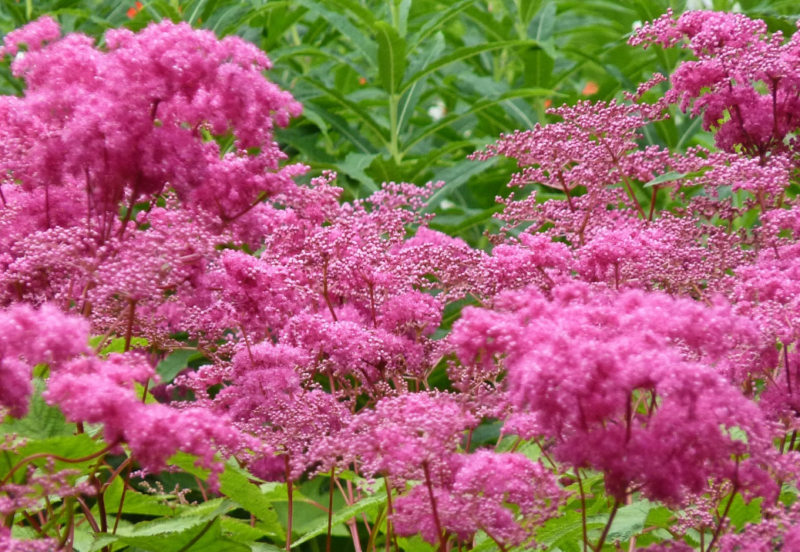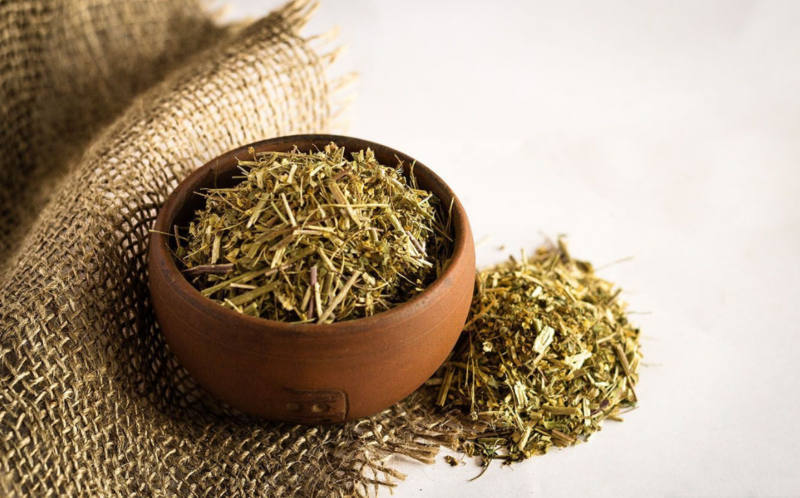Lubaznik, meadowsweet, Ivan color is called the ordinary meadowsweet. It has healing properties. The aboveground part contains essential oils with a pleasant smell, fatty acids, catechins, steroids. In the roots - vitamin C, tannins, phenolic compounds, flavonoids. In addition to useful properties, it is also a very beautiful flower, which will be a wonderful decoration of a garden or summer cottage.
Material Content:
View description
From ancient times, the plant was used as a natural antiseptic, against pathological microflora that entered the body.
Description of the species: this is a rhizome grass with a strong straight stalk, cirrus or palmate leaves. Pinkish or creamy flowers are collected in corymbose-paniculate inflorescences.
There are about 16 species: meadowsweet narrow-bladed, Kamchatka, nude, smooth, dunate, viscous, steppe, ordinary (Filipendula vulgaris).
Where does the common meadowsweet grow
It can be found anywhere in the world.
Most often, in the territory of our country, the common meadowsweet grows. It is found on the banks of rivers and fresh water bodies, in damp meadows and swamps. Likes to settle in thickets of moist alder and birch forests. The height of a loose bush sometimes reaches one and a half meters. In summer, panicles of inflorescences consisting of small flowers open.
Red meadowsweet can be seen in North America. Spreading bushes reach 2.5 meters in height.
In Kamchatka, a shelomin or Kamchatka meadowsweet grows. Young shoots and roots are edible for both animals and humans.
Growing Features
Common meadowsweet - a perennial medicinal plant, garden culture, often used in landscape design.
Caring for it does not take much time. To make the bush beautiful, watering, cultivation and destruction of weeds are required.
Decorative varieties like moisture. The soil around should be wet all the time. For this reason, it is best to plant next to an artificial reservoir in the lowlands for easy watering. Types of meadowsweet, such as volcano, steppe, red, Kamchatka in the hot summer wither with a lack of moisture, wither, drop leaves and buds. Urgent watering saves from death.
After flowering, the bushes are pruned, leaving hemp 5-10 cm. Shelter for the winter is not necessary, because the meadows are winter-hardy.
Outdoor planting
When growing meadowsweet, it is necessary to pay attention to the following conditions: illumination, land quality, watering, cultivation, mulching.
The plant is photophilous, although it tolerates a slight shadow. The shrub is suitable for a place with good lighting - on the south side, so that the light of the sun falls on it all day. You can use a place with little shading or diffused sunlight. Shadow has a negative effect on the decorative bush.
Give preference to light, loose, nutritious soils with neutral acidity. Dolomite flour, lime or ash will help reduce acidity. Sand is added to the clay soil.
Watering is required at least 1 time per week, in the summer - 2-3 times.
After watering, it is necessary to loosen the earth, in order to provide the roots with oxygen. The procedure is performed carefully so as not to touch the roots located not deep.
Mulching prevents hardening and drying out of the soil.
Propagate the shrub in two ways:
- seeds;
- dividing the bush.
Seeds are sown in the fall for stratification and hardening. They are very sensitive to light, so find a shaded place. After emergence of seedlings, seedlings can be transplanted. Seeds close up to a depth of 5 cm. In April-May shoots appear. They grow slowly and by autumn they form only 5 leaves. During spring sowing, the seeds are soaked in a growth stimulator (Zircon, Novosil), obscured and maintain humidity.
Seeds do not always germinate, and the bushes grown from them bloom in the 4th-5th year.
When propagated by division, flowering occurs faster. Divide the bush in early spring or after tog, as it fades. The rhizome must be cut into pieces and immediately planted. If this is not possible, then the roots can be stored in wet sawdust or soil.
During landing, observe the following rules:
- the distance between the bushes is not less than 50 cm;
- depth of landing should not exceed 5 cm;
- sharp tips of the kidneys need to be directed upwards;
- place the root horizontally.
After planting, it is necessary to create good conditions for development and growth - to add wood ash or lime, put up supports and tie up the stems. If this is not done, then the shoots weakened by the transplant can break under the weight of flowers or fall to the ground. Water daily, but do not fill. An exception is meadowsweet. It is drought tolerant.
For landscaping, new varieties are being created that will worthily decorate gardens and parks.
Based on the variety with red flowers, the following varieties are bred:
- "Venusta" with large inflorescences of bright red color;
- "Magnifica" - panicles of a saturated pink shade;
- "Pygmy" - dwarf bushes with pink flowers.
Purple meadowsweet is considered a moody plant and is rarely found in gardens.
But also on its basis new varieties are created:
- “Elegance” has peculiar stamens, red flowers;
- "Nana" - pink inflorescences on a small bush.
How to care for the meadowsweet
The care is pretty simple:
- First of all, it is the correct watering, and it depends on the climatic zone of your region. The hotter the weather in summer, the more often you need to water. Excessive use of water and its stagnation under the root system leads to the death of the plant. Everything requires a reasonable approach.
- Lazaznik is not picky about fertilizers. Nevertheless, it is recommended to apply organic matter and mineral fertilizers 1-2 times per season. Use nitrogen-containing top dressing carefully. They can cause rapid growth of shoots and affect flowering: it can come much later or not at all.
- In addition to watering and feeding, the meadowsweet needs to trim the faded panicles. This will provide a permanent beautiful view.
Shelter for the winter only in areas with very low temperatures. Peat or compost is used with a 10 cm layer.
In what areas is the plant used
The medicinal properties of meadowsweet have been noticed for a long time. Use in the form of tea, decoction, infusion, tincture, ointment.
The scope is very wide:
- skin pathologies;
- joint diseases
- inflammatory processes of any origin;
- diseases of the nervous system;
- gynecological diseases.
Despite the many useful qualities, this tool has many contraindications:
- with constant constipation can not be used;
- lowers blood pressure;
- lowers platelet levels in the blood, which can lead to bleeding;
- pregnancy;
- individual intolerance.
Decorate the site and improve health will help the meadowsweet or meadowsweet. This plant has every right to settle in your garden.


